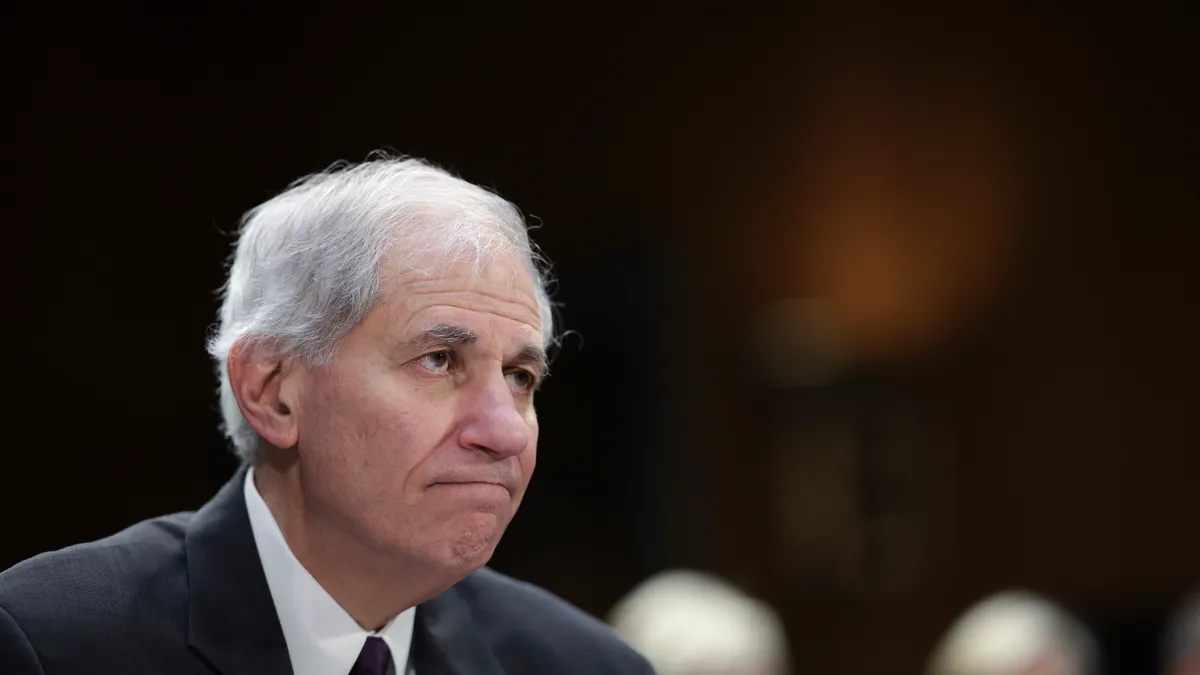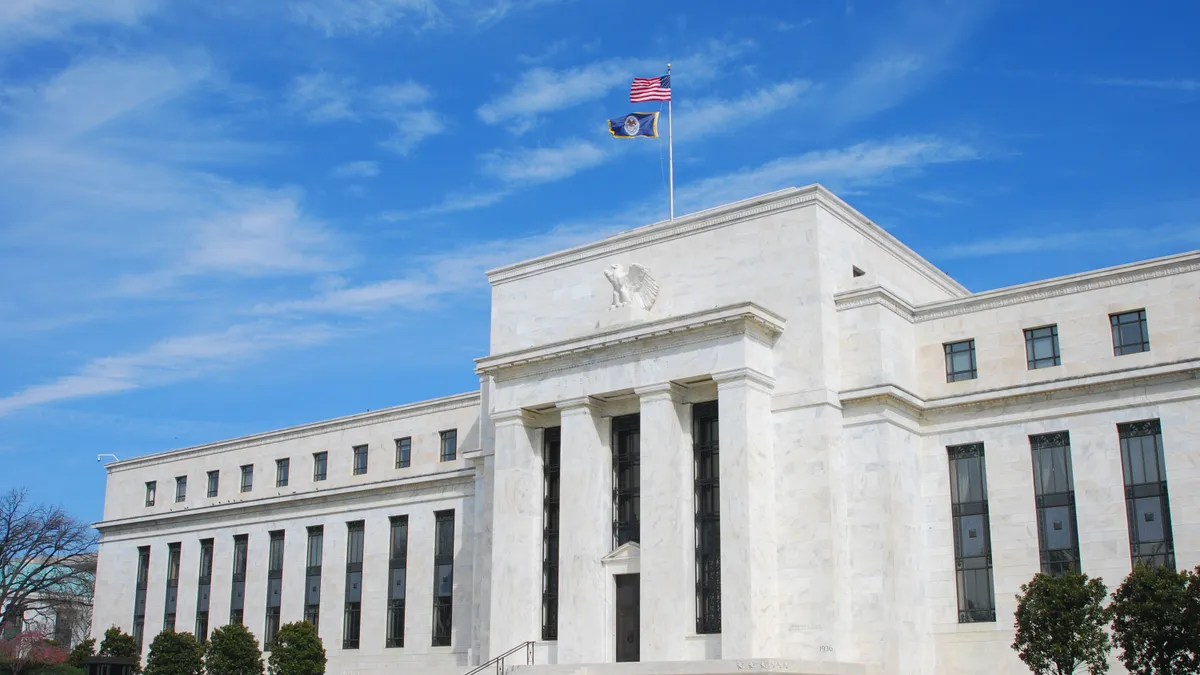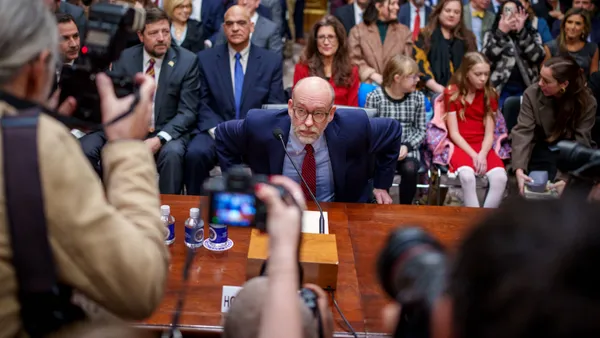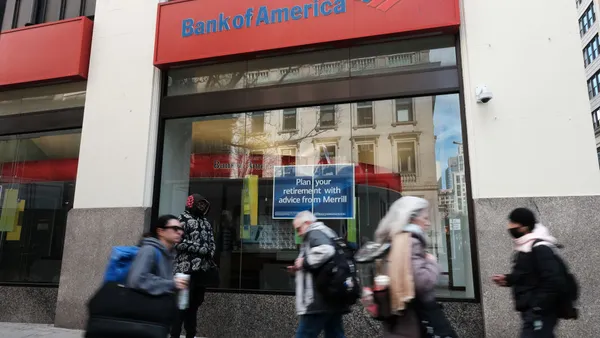The Federal Deposit Insurance Corp. hasn’t had to resolve the failure of a “too big to fail” bank yet, but it has plans laid out for if or when the time comes, Chair Martin Gruenberg told economists Wednesday.
“[T]he ability of the FDIC and other U.S. regulatory authorities to manage the orderly resolution of large, complex financial institutions remains foundational to U.S. financial stability,” he said.
“When it becomes necessary to do so, carrying out such a resolution will come with a unique set of challenges and risks,” he said. “[A]n orderly resolution is far more preferable to the alternatives, particularly the alternative of resorting to taxpayer support to prop-up a failed institution or to bail-out investors and creditors.”
Last year, a spate of U.S. bank failures — none of them global systemically important banks, but the second-, third- and fourth-largest in national history — reminded the financial sector and the American public of the importance of stability — and that it’s not guaranteed.
Credit Suisse’s failure last year, too, highlighted the challenges regulators would face in the failure of a G-SIB.
The 2010 Dodd-Frank Act handed the FDIC “dramatically expanded authorities to manage the orderly failure” of a G-SIB or any company whose failure was “deemed to pose a risk to U.S. financial stability,” Gruenberg noted.
The FDIC released a 50-page report Wednesday detailing how it would address a “too big to fail” collapse, “reaffirming that, should the need arise, we are prepared to apply the resolution framework that the FDIC and many other regulatory authorities in the U.S. and globally have worked so hard to develop,” he said.
To resolve a G-SIB, the FDIC would use what it’s dubbed a single-point-of-entry strategy, in which only one legal entity, the parent holding company of an institution, would be placed into resolution.
The ownership interests in its subsidiaries would be transferred from the parent company to a bridge bank under the FDIC’s control. Each subsidiary would remain operational.
“This protects depositors, preserves value and promotes financial stability,” Gruenberg said. “In an SPOE resolution, the failed holding company’s shareholders and unsecured creditors are not transferred to the Bridge Financial Company, become claimants against the receivership, and will ultimately absorb the losses of the firm. There would be no taxpayer support, and the board and senior executives of the failed firm would be removed.”
Amid resolution, the FDIC must get Treasury Department approval to gain access to the Orderly Liquidation Fund, which the FDIC would use as a temporary source of liquidity. The OLF will be repaid with the assets of the failed bank with no taxpayer exposure, Gruenberg said.
“Once the operating subsidiaries are stabilized, the FDIC and Bridge Financial Company management expect to focus on developing and implementing the restructuring and wind-down plan,” he said. “The type and extent of restructuring will depend on the nature of its business, the causes of failure, and the economic and market conditions at the time.”
A restructuring plan might entail divesting certain subsidiaries or business lines; liquidating certain portfolios; or breaking up certain subsidiaries for sale or spinoff.
Gruenberg noted that until the FDIC and regulators are tasked with a G-SIB wind down — and until they do so successfully — questions will arise “as to whether it can be done.” The FDIC, he said, “stand[s] ready to engage with all interested parties” to answer questions and build understanding of the FDIC’s G-SIB wind-down blueprint.














